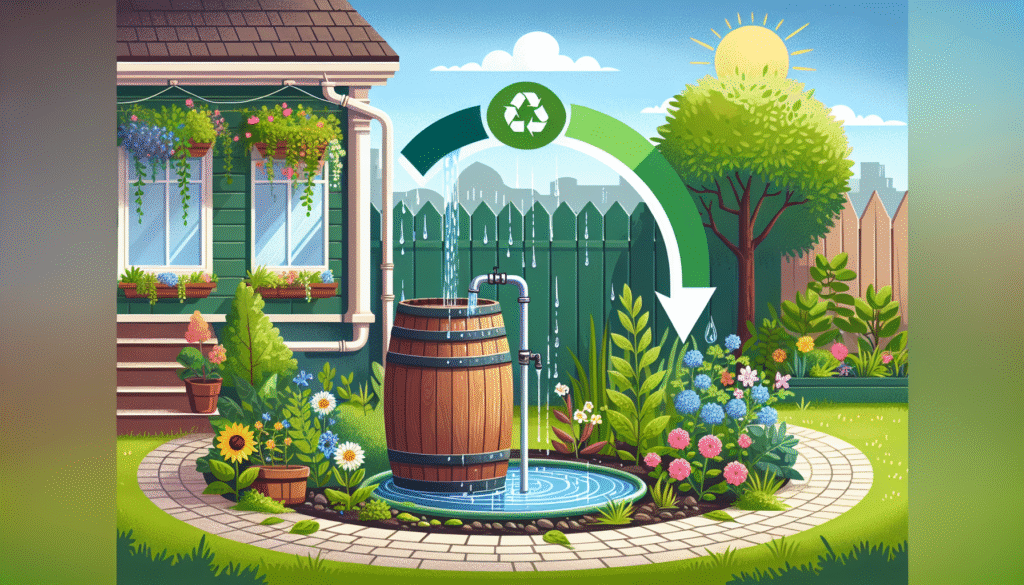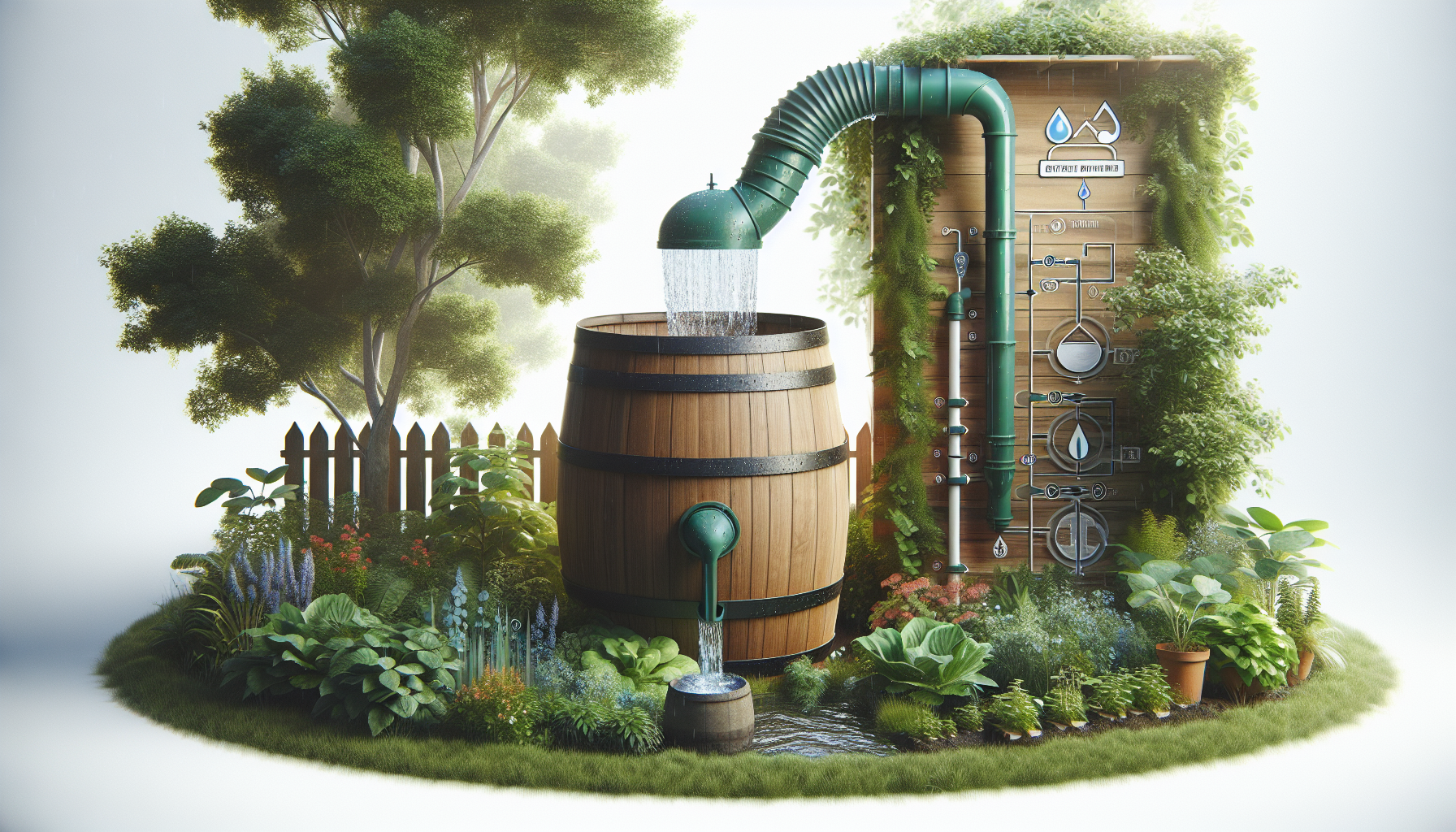Some Water-saving Landscaping Tips
Wondering how you can save water while maintaining a beautiful landscape? You’re in the right place! Let’s go over some effective water-saving landscaping tips that will help you conserve water and save money on your water bill at the same time.

Choose Drought-resistant Plants
When selecting plants for your landscape, opt for drought-resistant varieties. These plants are adapted to thrive in dry conditions and require minimal watering. Examples of drought-resistant plants include succulents, lavender, and ornamental grasses. By incorporating these plants into your landscape, you can reduce the amount of water needed to keep your garden looking vibrant.
Use Mulch
Mulch is a great water-saving tool for your landscape. It helps to retain moisture in the soil, preventing evaporation and reducing the need for frequent watering. Additionally, mulch helps to suppress weed growth, which can compete with your plants for water. Organic mulches, such as wood chips or compost, are recommended as they break down over time, enriching the soil.
Install a Drip Irrigation System
Consider installing a drip irrigation system in your landscape to deliver water directly to the roots of your plants. This method is more efficient than traditional sprinklers, as it reduces water waste due to evaporation and runoff. Drip irrigation systems can be customized to deliver precise amounts of water to each plant, ensuring that they receive just the right amount of moisture.
Group Plants by Watering Needs
When planning your landscape design, group plants with similar watering needs together. This will allow you to water them more efficiently, as you can adjust watering schedules based on the specific needs of each group. For example, grouping drought-resistant plants together separate from water-loving plants will ensure that you’re not overwatering certain areas of your landscape.

Collect Rainwater
Harnessing rainwater for your landscape is a sustainable way to reduce your water consumption. You can collect rainwater in a barrel or cistern and use it to water your plants during dry periods. This will not only save water but also help to reduce stormwater runoff. Consider installing a rainwater collection system to make the most of this resource.
Use Native Plants
Incorporating native plants into your landscape can help to conserve water. Native plants are well adapted to the local climate and soil conditions, requiring less water and maintenance compared to non-native species. By choosing native plants, you can create a low-maintenance landscape that thrives with minimal water input.
Adjust Your Lawn Care Practices
If you have a lawn in your landscape, there are ways to reduce water usage while maintaining its health. Consider raising the mowing height of your lawn to promote deeper root growth, which can help the grass retain moisture. Additionally, leave grass clippings on the lawn after mowing to act as natural mulch, retaining moisture and nutrients in the soil.
Install a Rain Sensor
Installing a rain sensor on your irrigation system can help you avoid watering your landscape during rainy weather. This device will shut off the sprinklers when it detects rainfall, preventing overwatering and water waste. By incorporating a rain sensor into your irrigation system, you can ensure that your plants receive just the right amount of water they need.
Manage Soil Health
Healthy soil is essential for water conservation in your landscape. By improving soil structure and fertility, you can increase its water-holding capacity and reduce the need for frequent watering. Consider adding organic matter, such as compost, to your soil to improve its texture and nutrient content. Healthy soil will support healthy plant growth and reduce water runoff.
Monitor Water Usage
Keeping track of your water usage in the landscape is important for water conservation. Monitor your water bills regularly to identify any spikes in usage that may indicate leaks or inefficiencies in your irrigation system. By being mindful of your water consumption, you can make adjustments to reduce waste and save water.
Consider Xeriscaping
Xeriscaping is a landscaping approach that focuses on creating water-efficient gardens using drought-resistant plants and design techniques. By incorporating xeriscaping principles into your landscape, you can reduce your water usage significantly while maintaining an attractive outdoor space. Xeriscaping is a sustainable and environmentally friendly landscaping solution that can help you save water in the long run.
By following these water-saving landscaping tips, you can create a beautiful and sustainable outdoor space while conserving water resources. Start implementing these practices in your landscape today and make a positive impact on the environment and your wallet. Remember, every drop counts when it comes to water conservation!

Comments are closed